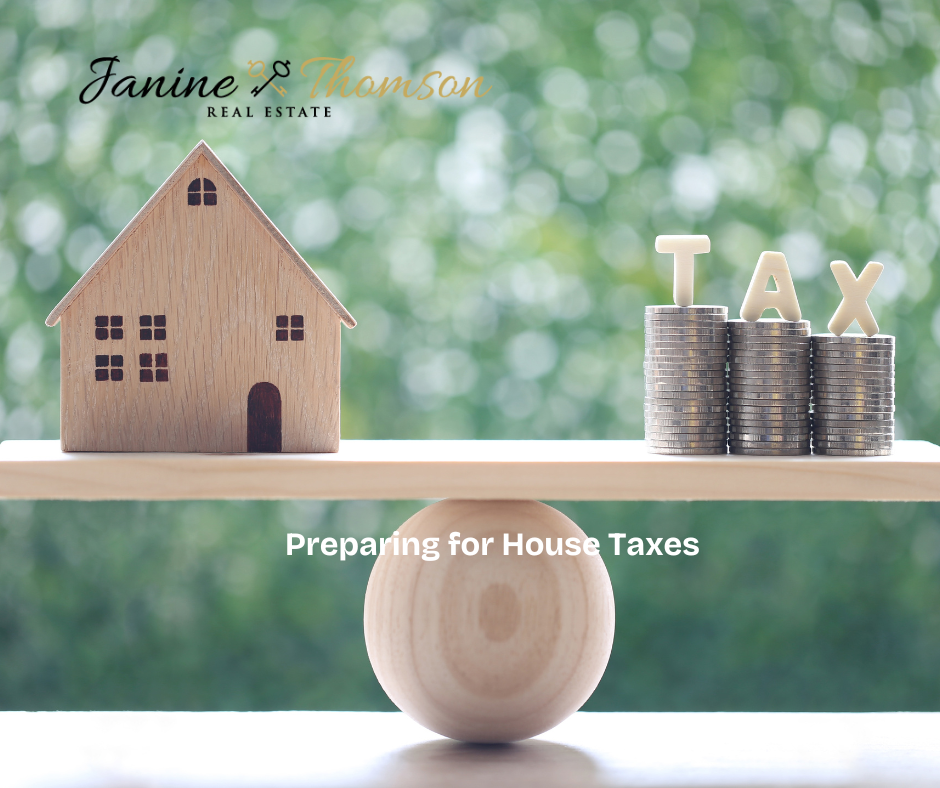

Owning a home comes with many responsibilities, one of the most significant being property taxes. Understanding how these taxes are structured, how they relate to property assessments, and how local infrastructure affects them can help homeowners plan ahead and avoid unexpected financial burdens. In this blog, we’ll break down the key aspects of property taxes and provide tips on how to prepare for them effectively.
How Property Taxes Are Structured
Property taxes are levied by municipal and regional governments to fund essential public services such as roads, schools, emergency services, and utilities. The amount a homeowner pays in property taxes is determined by three primary factors:- Property Assessment Value – The estimated market value of the property as determined by the local assessment authority.
- Tax Rate (Mill Rate) – The percentage set by the municipality that applies to the property’s assessed value.
- Local Infrastructure Costs – The expenses related to maintaining and improving public services in the area.
Understanding Property Assessments
Property assessments are conducted periodically by government agencies or third-party assessors to estimate the fair market value of a home. This valuation is based on factors such as:- Recent sales of comparable properties in the area.
- The size, condition, and age of the home.
- Location and proximity to amenities, transportation, and services.
- Any renovations or improvements made to the property.
How Infrastructure Affects Property Taxes
Municipalities rely on property tax revenue to fund local infrastructure projects, including:- Road maintenance and public transit.
- Water and sewage systems.
- Parks and recreational facilities.
- Police, fire, and emergency medical services.
Tips for Preparing for Property Taxes
- Review Your Property Assessment – Always check your annual property assessment notice for accuracy and file an appeal if necessary.
- Budget for Annual Tax Payments – Set aside funds throughout the year to cover property tax bills to avoid financial strain.
- Take Advantage of Tax Relief Programs – Many municipalities offer tax deferrals, exemptions, or rebates for seniors, veterans, and low-income homeowners.
- Stay Informed About Local Infrastructure Projects – Attend city council meetings and stay updated on new developments that may impact your property taxes.
- Consider Home Improvements Wisely – Major renovations can increase your home’s assessed value, which may lead to higher taxes. Weigh the benefits against potential tax increases.